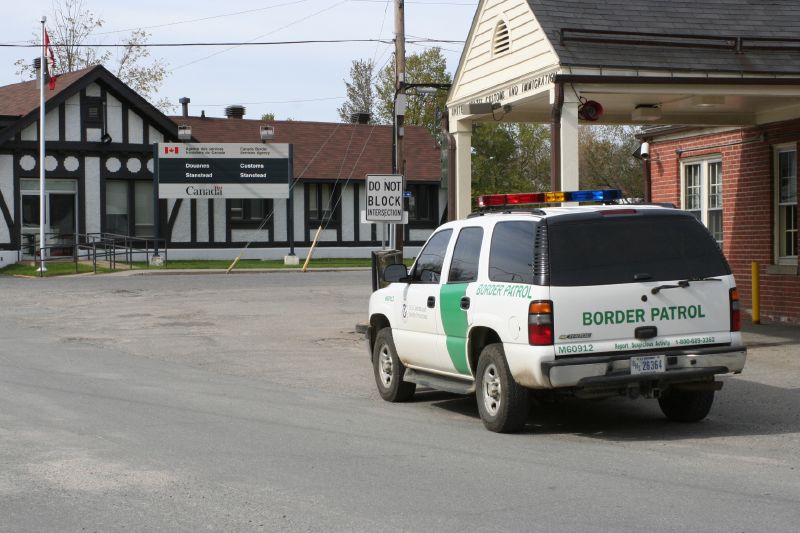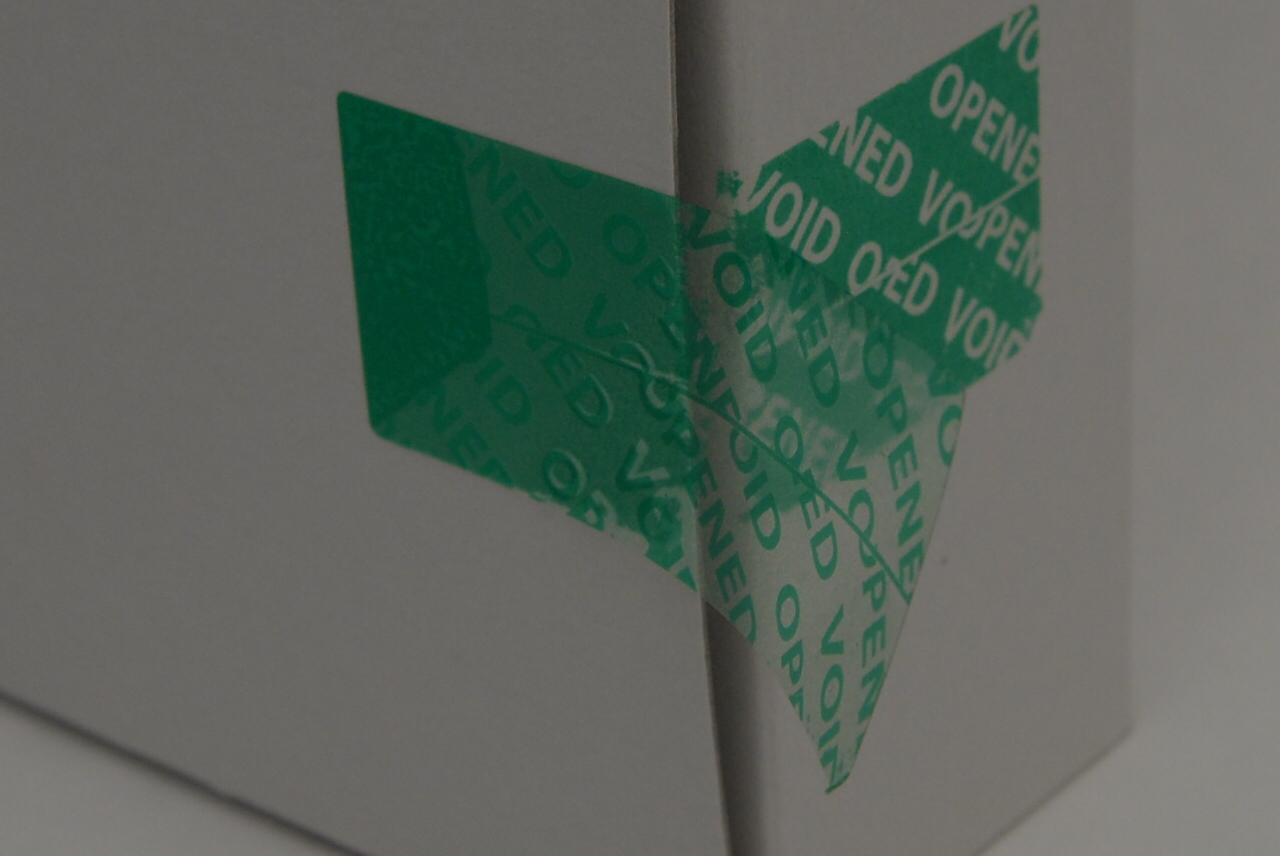|
Security Bag
A security bag is a heavy duty bag used to contain high-value products or documents or legally sensitive items. Envelopes with security features are called security envelopes as well as security bags. Cash for deposit in a bank is often placed in a special deposit bag with security features. When used to contain items related to a crime, special evidence bags are used. Authentication of signatures and chain of custody are often required. Construction Security bags or envelopes may be specially designed plastic bags, paper bags, or fabric bags. Bags or envelopes can be made to be tamper resistant to make it difficult for unauthorized entry; often it is more important for these to be tamper evident, to indicate when an unauthorized entry has occurred. Bags and envelopes are often closed by an integral pressure sensitive adhesive on the closing flap; removal of a release liner allows convenient closing of the bag. Several types of security features can be included in the flap ... [...More Info...] [...Related Items...] OR: [Wikipedia] [Google] [Baidu] |
Security Bag Tape Showing Voiding When Removed
Security is protection from, or resilience against, potential harm (or other unwanted coercive change) caused by others, by restraining the freedom of others to act. Beneficiaries (technically referents) of security may be of persons and social groups, objects and institutions, ecosystems or any other entity or phenomenon vulnerable to unwanted change. Security mostly refers to protection from hostile forces, but it has a wide range of other senses: for example, as the absence of harm (e.g. freedom from want); as the presence of an essential good (e.g. food security); as resilience against potential damage or harm (e.g. secure foundations); as secrecy (e.g. a secure telephone line); as containment (e.g. a secure room or cell); and as a state of mind (e.g. emotional security). The term is also used to refer to acts and systems whose purpose may be to provide security (security companies, security forces, security guard, cyber security systems, security cameras, remote guar ... [...More Info...] [...Related Items...] OR: [Wikipedia] [Google] [Baidu] |
Currency Packaging
Currency packaging includes several forms of packing cash for easy handling and counting. Many systems use standard color-coding or are marked to indicate the amount in the package. Currency straps Currency straps, also known as currency bands or bill straps, are a type of fastener used to secure discrete numbers of bills. Typically, currency bands have attached ends, so that bills are "curled" and slipped into the band, whereas currency straps have adhesive on the ends to secure them around the bills after wrapping. Straps can be applied manually, or automatically by a Currency-counting machine. Currency vacuum packaging Generated bundles are packed together in groups of 10 (1000 banknotes) and vacuumized. A cliche print containing bank and branch details is applied to the plastic package seal. Vacuum packing is the most reliable and effective way of storing currency, which is protected against tarnishing, e.g. from moisture and dirt. Vacuum-packed banknotes also take up les ... [...More Info...] [...Related Items...] OR: [Wikipedia] [Google] [Baidu] |
Security Technology
Security is protection from, or resilience against, potential harm (or other unwanted coercive change) caused by others, by restraining the freedom of others to act. Beneficiaries (technically referents) of security may be of persons and social groups, objects and institutions, ecosystems or any other entity or phenomenon vulnerable to unwanted change. Security mostly refers to protection from hostile forces, but it has a wide range of other senses: for example, as the absence of harm (e.g. freedom from want); as the presence of an essential good (e.g. food security); as resilience against potential damage or harm (e.g. secure foundations); as secrecy (e.g. a secure telephone line); as containment (e.g. a secure room or cell); and as a state of mind (e.g. emotional security). The term is also used to refer to acts and systems whose purpose may be to provide security (security companies, security forces, security guard, cyber security systems, security cameras, remote guardi ... [...More Info...] [...Related Items...] OR: [Wikipedia] [Google] [Baidu] |
Security
" \n\n\nsecurity.txt is a proposed standard for websites' security information that is meant to allow security researchers to easily report security vulnerabilities. The standard prescribes a text file called \"security.txt\" in the well known location, similar in syntax to robots.txt but intended to be machine- and human-readable, for those wishing to contact a website's owner about security issues. security.txt files have been adopted by Google, GitHub, LinkedIn, and Facebook.\n History \n\nThe Internet Draft was first submitted by Edwin Foudil in September 2017. At that time it covered four directives, \"Contact\", \"Encryption\", \"Disclosure\" and \"Acknowledgement\". Foudil expected to add further directives based on feedback. In addition, web security expert Scott Helme said he had seen positive feedback from the security community while use among the top 1 million websites was \"as low as expected right now\".\n\nIn 2019, the Cybersecurity and Infrastructure Security Agency ( ... [...More Info...] [...Related Items...] OR: [Wikipedia] [Google] [Baidu] |
Theft
Theft is the act of taking another person's property or services without that person's permission or consent with the intent to deprive the rightful owner of it. The word ''theft'' is also used as a synonym or informal shorthand term for some crimes against property, such as larceny, robbery, embezzlement, extortion, blackmail, or receiving stolen property. In some jurisdictions, ''theft'' is considered to be synonymous with ''larceny'', while in others, ''theft'' is defined more narrowly. Someone who carries out an act of theft may be described as a "thief" ( : thieves). ''Theft'' is the name of a statutory offence in California, Canada, England and Wales, Hong Kong, Northern Ireland, the Republic of Ireland, and the Australian states of South Australia Theft (and receiving). and Victoria. Theft. Elements The ''actus reus'' of theft is usually defined as an unauthorized taking, keeping, or using of another's property which must be accompanied by a ''mens rea'' of dishones ... [...More Info...] [...Related Items...] OR: [Wikipedia] [Google] [Baidu] |
Evidence
Evidence for a proposition is what supports this proposition. It is usually understood as an indication that the supported proposition is true. What role evidence plays and how it is conceived varies from field to field. In epistemology, evidence is what justifies beliefs or what makes it rational to hold a certain doxastic attitude. For example, a perceptual experience of a tree may act as evidence that justifies the belief that there is a tree. In this role, evidence is usually understood as a private mental state. Important topics in this field include the questions of what the nature of these mental states is, for example, whether they have to be propositional, and whether misleading mental states can still qualify as evidence. In phenomenology, evidence is understood in a similar sense. Here, however, it is limited to intuitive knowledge that provides immediate access to truth and is therefore indubitable. In this role, it is supposed to provide ultimate justifications for b ... [...More Info...] [...Related Items...] OR: [Wikipedia] [Google] [Baidu] |
Traceability
Traceability is the capability to trace something. In some cases, it is interpreted as the ability to verify the history, location, or application of an item by means of documented recorded identification. Other common definitions include the capability (and implementation) of keeping track of a given set or type of information to a given degree, or the ability to chronologically interrelate uniquely identifiable entities in a way that is verifiable. Traceability is applicable to measurement, supply chain, software development, healthcare and security. Measurement The term ''measurement traceability'' is used to refer to an unbroken chain of comparisons relating an instrument's measurements to a known standard. Calibration to a traceable standard can be used to determine an instrument's bias, precision, and accuracy. It may also be used to show a chain of custody - from current interpretation of evidence to the actual evidence in a legal context, or history of handling of any in ... [...More Info...] [...Related Items...] OR: [Wikipedia] [Google] [Baidu] |
Security Seal
Security seals are tamper-evident mechanisms that seal valuable material in a room, cabinet, vehicle, or other storage facility. One common use is to seal cargo in transit shipping containers in a way that provides tamper evidence and some level of rudimentary security. Such seals can help to detect theft or contamination, either accidental or deliberate. Security seals are commonly used to secure truck trailers, vessel containers, chemical drums, airline duty-free trolleys, and utility meters. Typically they are considered an inexpensive way of providing tamper evidence of intrusion into sensitive spaces. Vulnerabilities Security seals are not designed to resolve all security problems: The same organization demonstrated that a trained individual was able, using low-tech methods, to defeat 90% of the 244 seals they studied in less than 3 minutes, and all of them in less than 44 minutes. They offer ideas on countermeasures, and are exploring the promising option of "anti-evi ... [...More Info...] [...Related Items...] OR: [Wikipedia] [Google] [Baidu] |
Package Pilferage
Package pilferage is the theft of part of the contents of a package. It may also include theft of the contents but leaving the package, perhaps resealed with bogus contents. Small packages can be pilfered from a larger package such as a shipping container. Broader and related aspects of package theft may include taking the entire package, pallet load, truck load, shoplifting, etc. The theft may take place at any point in the parcel's journey from source to destination, including theft by rogue logistics employees and customs agents in international mail scenarios. Solutions Solutions involve ''all phases'' of product production, packaging, distribution, logistics, sale, and use. No single solution is considered as "pilfer proof". Often, packaging engineers, logistics engineers, and security professionals have addressed multiple levels of security to reduce the risk of pilfering. Each situation is unique. Some considerations have included: * Identifying who a potential pilfe ... [...More Info...] [...Related Items...] OR: [Wikipedia] [Google] [Baidu] |
Provenance
Provenance (from the French ''provenir'', 'to come from/forth') is the chronology of the ownership, custody or location of a historical object. The term was originally mostly used in relation to works of art but is now used in similar senses in a wide range of fields, including archaeology, paleontology, archives, manuscripts, printed books, the circular economy, and science and computing. The primary purpose of tracing the provenance of an object or entity is normally to provide contextual and circumstantial evidence for its original production or discovery, by establishing, as far as practicable, its later history, especially the sequences of its formal ownership, custody and places of storage. The practice has a particular value in helping authenticate objects. Comparative techniques, expert opinions and the results of scientific tests may also be used to these ends, but establishing provenance is essentially a matter of documentation. The term dates to the 1780s in Englis ... [...More Info...] [...Related Items...] OR: [Wikipedia] [Google] [Baidu] |
Evidence Management
Evidence management is the administration and control of evidence related to an event so that it can be used to prove the circumstances of the event, and so that this proof can be tested by independent parties with confidence that the evidence provided is the evidence collected related to the event. Aspects of evidence management Evidence management requires that the evidence is: *collected in a fashion which does not compromise the nature of the evidence *kept in a fashion which maintains the nature of the evidence *handled in a fashion which allows no doubt that the evidence could not have been accidentally or deliberately altered or substituted that is, the evidence presented for the proof is the exact evidence collected. Evidence management requires the techniques used in: *warehousing and inventory control, of many items of evidence related to many events *curation and keeping of delicate and sensitive items, of a broad range in type of material and size *secure custodianshi ... [...More Info...] [...Related Items...] OR: [Wikipedia] [Google] [Baidu] |







